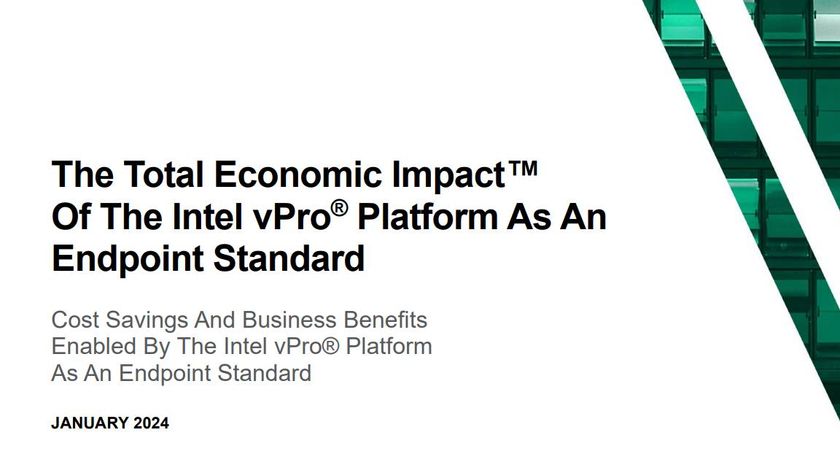As part of this, Application Server core is a set of technologies that are installed when you install the Application Server role itself. The support for Windows Communications Foundation, Workflow Foundation and Presentation Foundation will be welcome too for those building the most complex of web sites and services. This is especially true of the Workflow support, which lets you build OS-supported workflow applications very quickly and easily. The impact of Workflow will be major, and forward thinking system administrators will be looking for Workflow support in all their server side applications, including those from 3rd parties too.
And if you have been looking for a means to remote manage applications dynamically, then Windows Process Activation lets you start and stop applications based on messages that are received through HTTP, Message Queueing, TCP and named piped protocols. This could be useful for management of a server farm or a set of remote office sites, which require some element of shutdown overnight, for example.
Security
On the security side, there is much to consider here - the NAP Network Access Protection means that a computer cannot connect to the network unless an administrative set of tests and tasks have been approved. For example, it might require that antivirus signatures are up to date, that all the OS updates have been done and that the firewall is enabled too. This means that the network manager can be confident of the health of the client machine before it actually connects to the network. If the rules fail, then the machine is electronically parked into a secure part of the network until it is brought up to date, and no connection to line of business servers is possible. Clearly this is a powerful tool, because it also lets you determine the health, and restrict the access, of laptops brought into the organization by visitors, for example.
Virtualization
A major push in Server 2008 is in the realm of virtualisation. The core virtualisation story is built around two engines - the Virtual Server engine, and the new Hyper-V. Virtual Server has been around for quite some time now - it's a software implementation of a 32-bit Intel platform. If you have a 64-bit Intel platform, then it can support more than 64 virtual machines. The recent SP1 for Virtual Server 2005 R2, to give it the full name, brought in hardware assisted virtualisation with the Intel VT and AMD-V systems. It also brought support for Volume Shadow Copy, enabling instant snapshotting of running VMs. And there is support for both iSCSI clustering and Virtual Server host clustering too.
However, the virtualisation engine that everyone is waiting for is Hyper-V. Codenamed Viridian, this is Microsoft's native hypervisor engine which comes in a 64-bit edition only. This is a much more high-end solution, but has seamless VM compatibility with the earlier Virtual Server 2005 R2 edition. Hyper-V is not yet ready for final shipment, but will be ready within 180 days, according to Microsoft. It is clearly intended to provide Microsoft's high-end virtualisation solution in direct competition to vendors such as VMWare's ESX.












